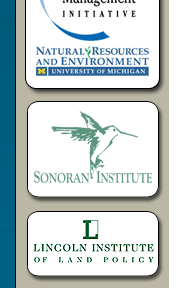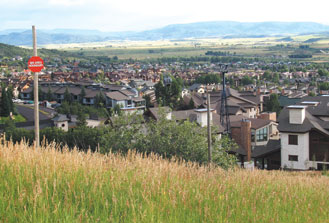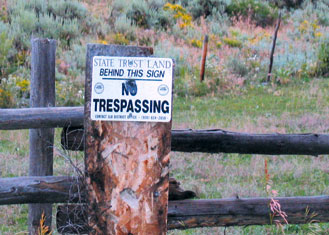


What are State Trust Lands?
Approximately 46 million acres of state trust land is located in the continental United States, most of which is concentrated in eleven states west of the Mississippi River. State trust land is the third largest category of western public lands, with a history that dates back to the late 18th century. States were granted trust land upon admission into the Union to support a variety of public beneficiaries, including common schools, state universities and hospitals. While some of the states that received these grants have since sold all or most of their state trust land, many states have retained a significant percentage of their original trust land grants.
State trust lands are held in perpetual, intergenerational trust with the state acting as trustee. The state thus has a specific legal responsibility, known as a fiduciary duty, to conscientiously manage these lands for the designated beneficiaries. From the early 20th Century through the present, this fiduciary duty has primarily been filled through the revenue of natural resource extraction including oil and gas leasing, hard rock mining, grazing, agriculture, timber and land sales. In recent years, rapid urbanization as well as growing public interest in recreation opportunities, wildlife habitat, open space and ecosystem services have provided new opportunities for management as well as new challenges. These challenges illuminate an important distinction between federal public land and state trust land: While federally owned public land is managed for the use and enjoyment of the general public, state trust lands are managed solely for the beneficiary.
The management structure of state trust land varies from state to state. In some states, land is managed by a land commissioner and in others, a state land board. Trust lands may be managed through the State Department of Natural Resources or the State Land Office. Commissioners and members of the Land Board may be elected or appointed officials. State trust land beneficiaries may also have a formal structure and in some states provide trust land managers with feedback on land management. To learn from the experiences of other state trust land managers throughout the west, trust land commissioners and officials meet semiannually at the Western States Land Commissioners Association Conference (WSLCA).
For more information on state trust lands, visit the Trust Lands Website sponsored by the State Trust Land Partnership between the Sonoran Institute and the Lincoln Institute of Land Policy.




